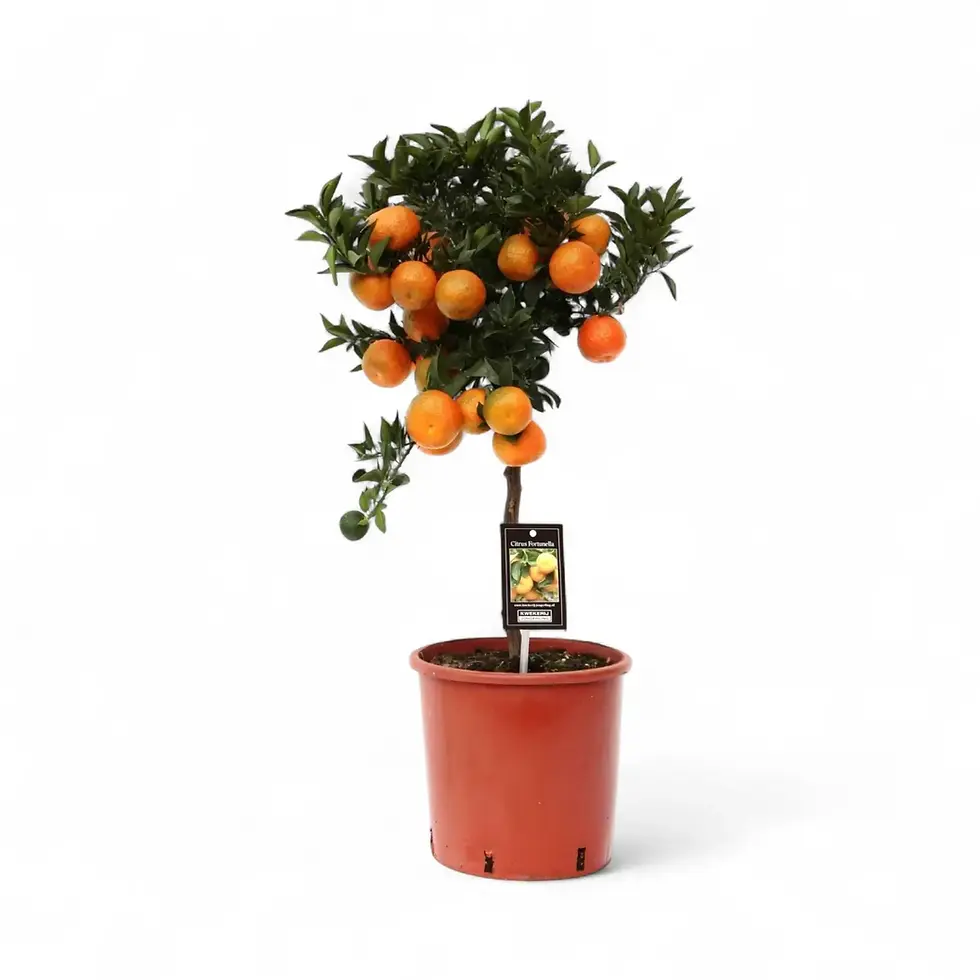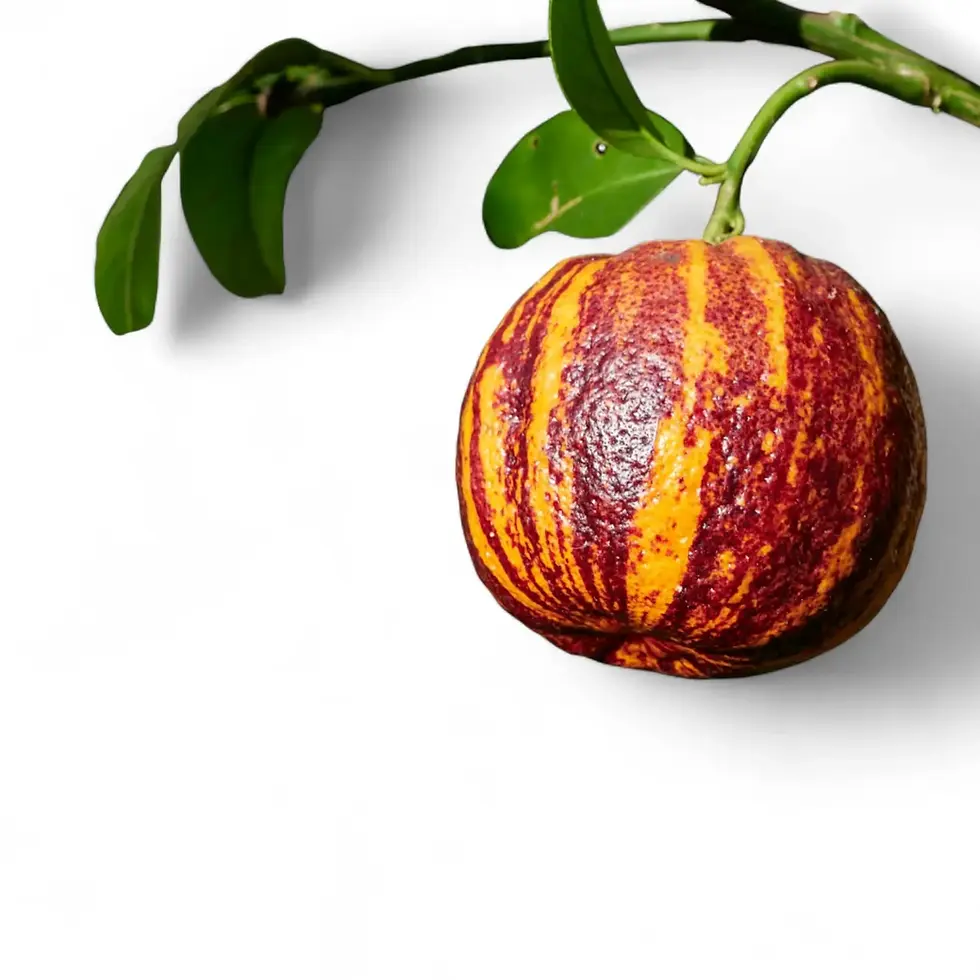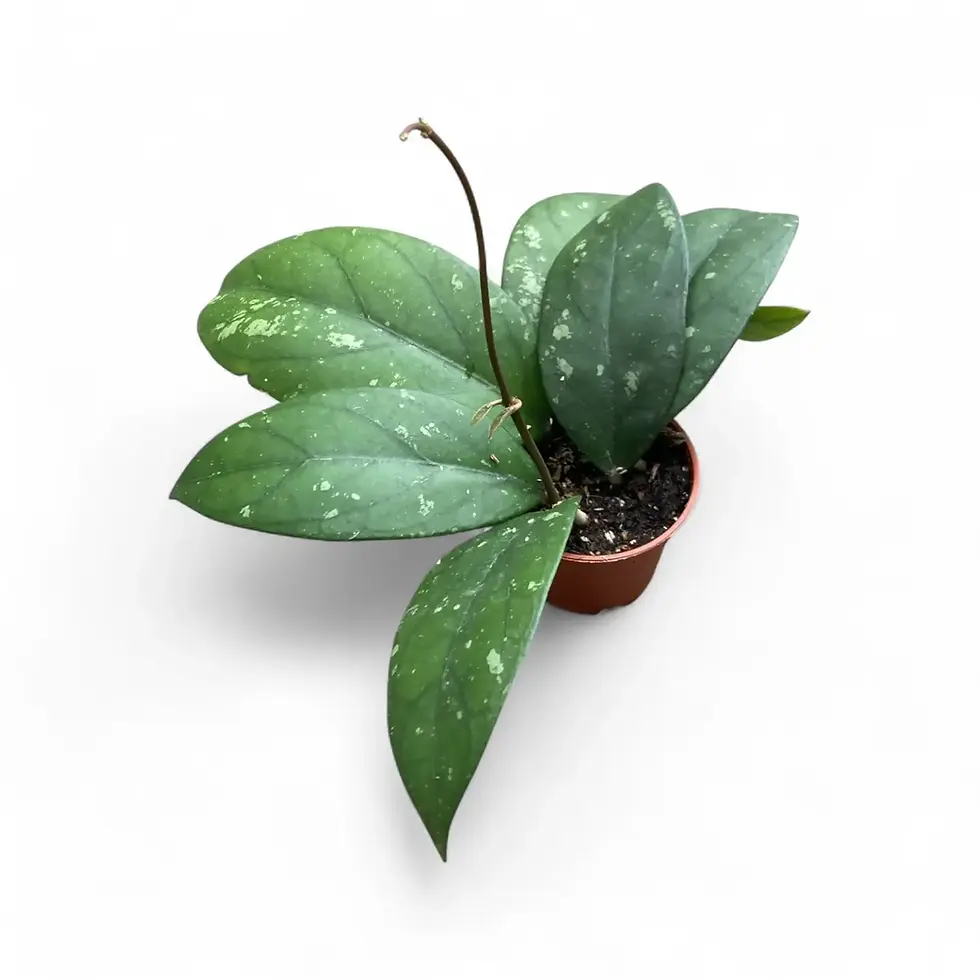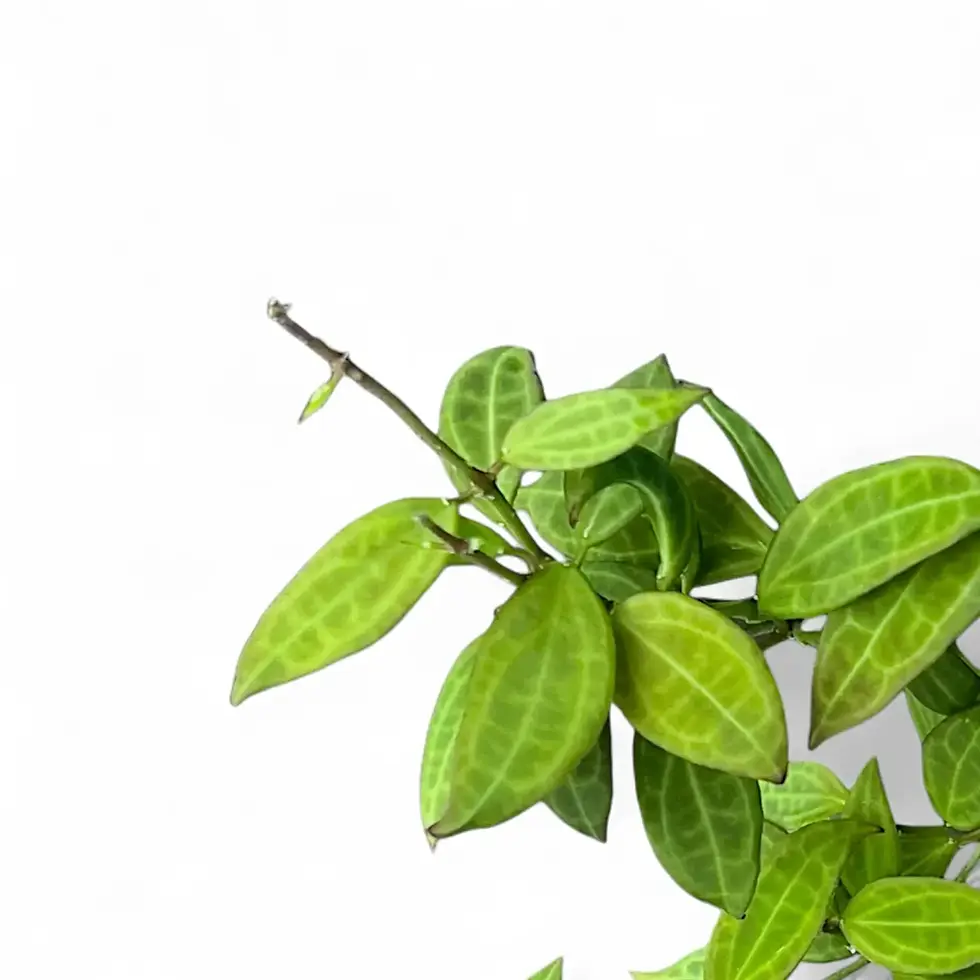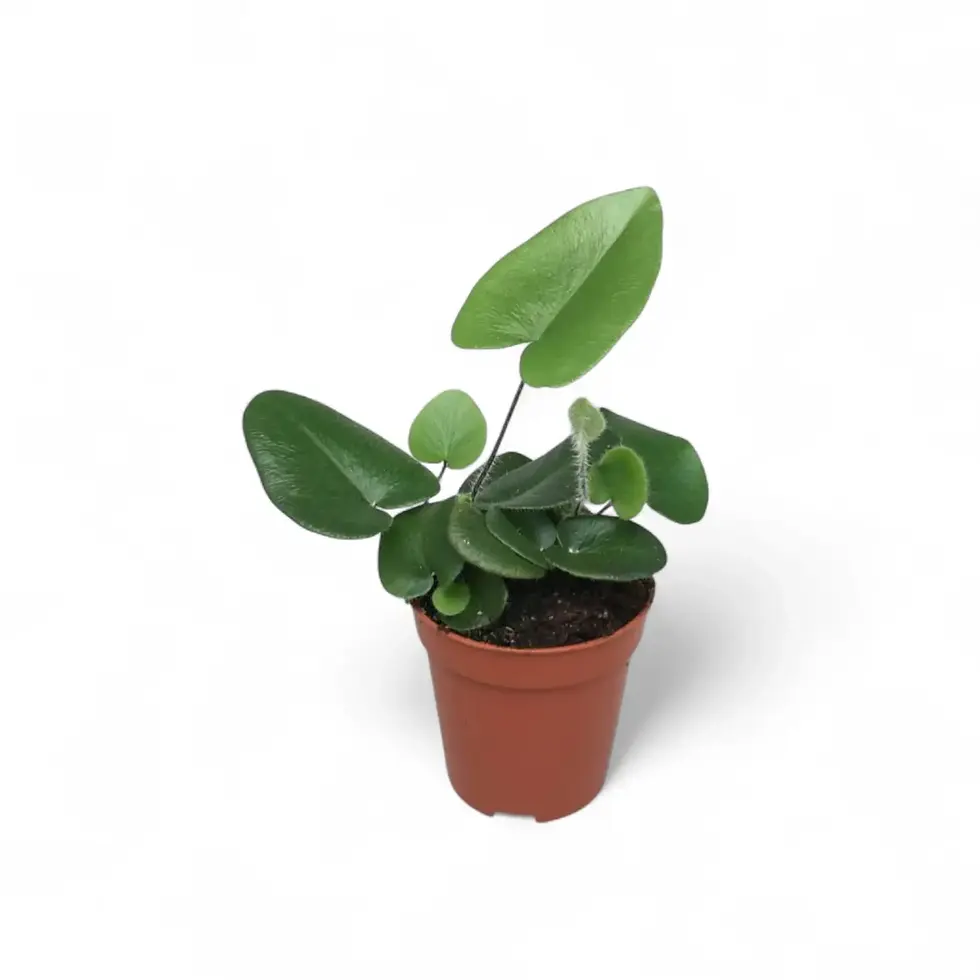Aglaonema 'White Kiwi' – Bright White Variegation for Contemporary Interiors
Aglaonema 'White Kiwi' is a showpiece cultivar combining creamy white leaf centers with irregular deep-green margins. Its compact, upright habit makes it ideal for living spaces, offices, and styled plant displays. Unlike darker Aglaonemas, this variety needs bright, indirect light to keep its bold variegation intact, making it a perfect fit for well-lit rooms or setups with quality grow lights.
Quick Facts – Aglaonema 'White Kiwi'
- Mature Height: 30–60 cm indoors
- Leaf Size: 15–20 cm, smooth and slightly glossy
- Growth Rate: Moderate; expect steady foliage development year-round
- Light Requirements: Bright, indirect light only; low light will cause fading and weak growth
- Humidity: Prefers 50–70%; tolerates average indoor air
- Temperature: 18–26 °C; avoid drafts and sudden chills
- Toxicity: Not safe for pets or children if ingested
What Makes 'White Kiwi' a Standout Choice?
The luminous white center of each leaf paired with dark, irregular borders creates a graphic look that complements minimalistic décor and modern interiors. Its compact size makes it a great option for tabletops, shelves, or grouped plant displays for collectors who value bold foliage contrast.
Natural Background and Adaptation
'White Kiwi' originates from the Aglaonema commutatum group, native to Southeast Asia’s tropical rainforests, where it thrives under filtered light and warm, humid conditions. Indoors, it performs best when given similar stable conditions — bright, indirect light and moderate humidity for consistent, healthy growth.
Care Instructions for Aglaonema 'White Kiwi'
- Light: Place in a bright room with filtered sunlight; avoid direct sun and dark corners.
- Watering: Allow the top 2–3 cm of soil to dry before watering; never leave roots in standing water.
- Soil: Use a chunky, well-draining mix with perlite and bark to promote airflow.
- Humidity: Average home humidity is fine; slight boosts keep leaves pristine.
- Feeding: Fertilize every 4–6 weeks with a balanced liquid fertilizer during the growing season.
- Propagation: Easily propagated through stem cuttings or basal division; roots well in water or semi-hydro setups.
- Repotting: Refresh soil and pot every 2–3 years for healthy root development.
Common Issues and How to Fix Them
- Faded variegation: Caused by insufficient light — move to a brighter location.
- Yellowing leaves: Often linked to overwatering; check soil moisture and drainage.
- Brown edges: Typically due to low humidity or irregular watering — stabilize care conditions.
- Pests: Rare but possible; treat mealybugs or spider mites promptly with neem oil or insecticidal soap.
Name Origin and Botanical Detail
The genus Aglaonema combines the Greek words aglaos (“bright”) and nema (“thread”), referencing the delicate structures of its flowers. 'White Kiwi' reflects this brightness in its pale leaf centers, making it one of the most striking variegated Aglaonemas for interior collections.
FAQs About Aglaonema 'White Kiwi'
- Can it survive in low light? No — bright, indirect light is essential for healthy growth and strong variegation.
- Is it beginner-friendly? Yes, provided it gets sufficient light and controlled watering.
- Does it need a grow light? It benefits from one in rooms without enough natural brightness.
- How often should I water it? About every 7–10 days, but always check soil dryness first.
- Does it need high humidity? Not necessarily, but 50–70% humidity keeps foliage vibrant.
Bring Aglaonema 'White Kiwi' Home Today
Add a contemporary foliage statement to your collection with Aglaonema 'White Kiwi'. Order now for secure delivery and eco-friendly packaging straight to your door.
Aglaonema 'White Kiwi'
Aglaonema 'White Kiwi' is approximately 30 cm tall and comes in a ⌀ 10 cm pot.




